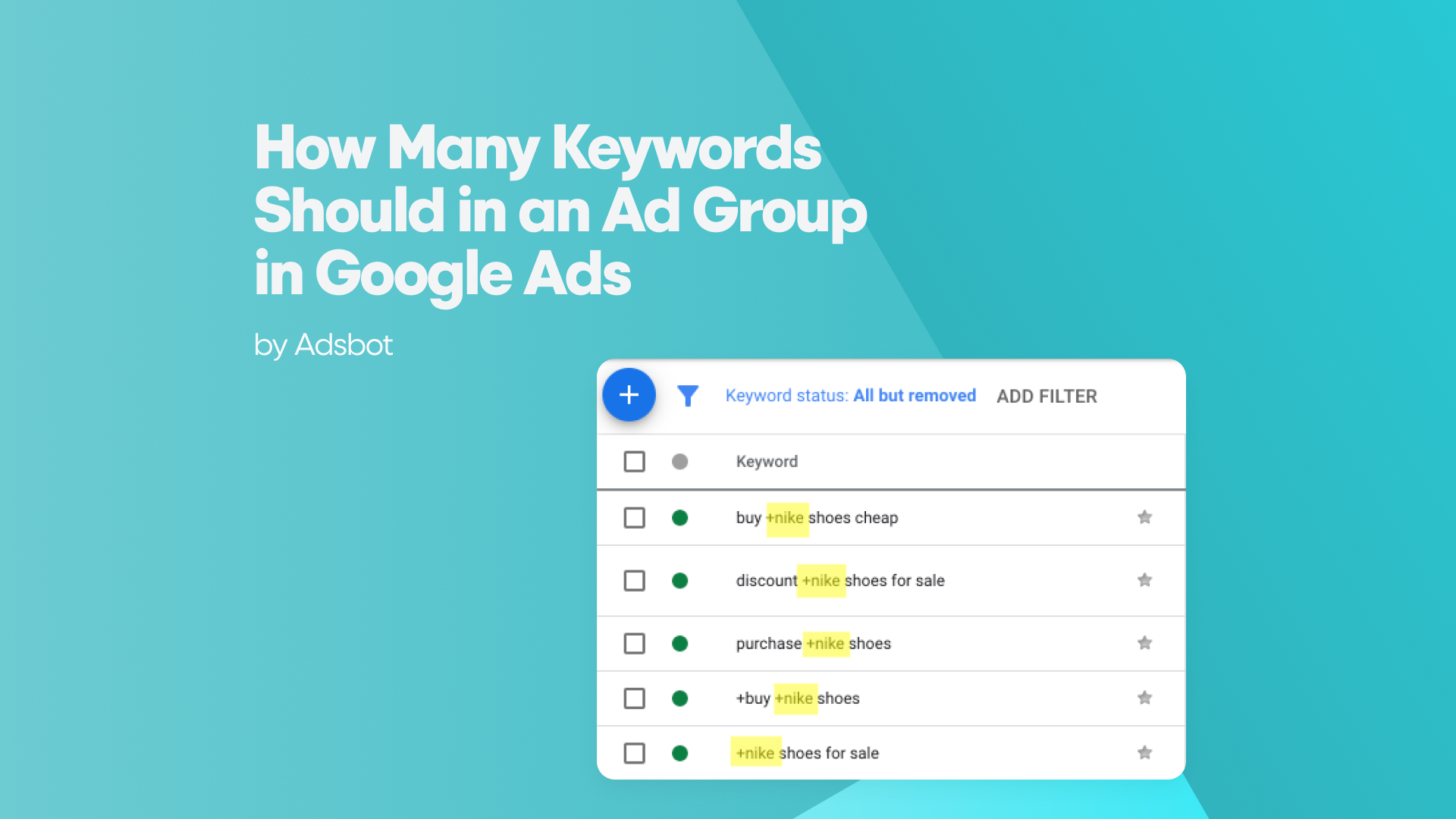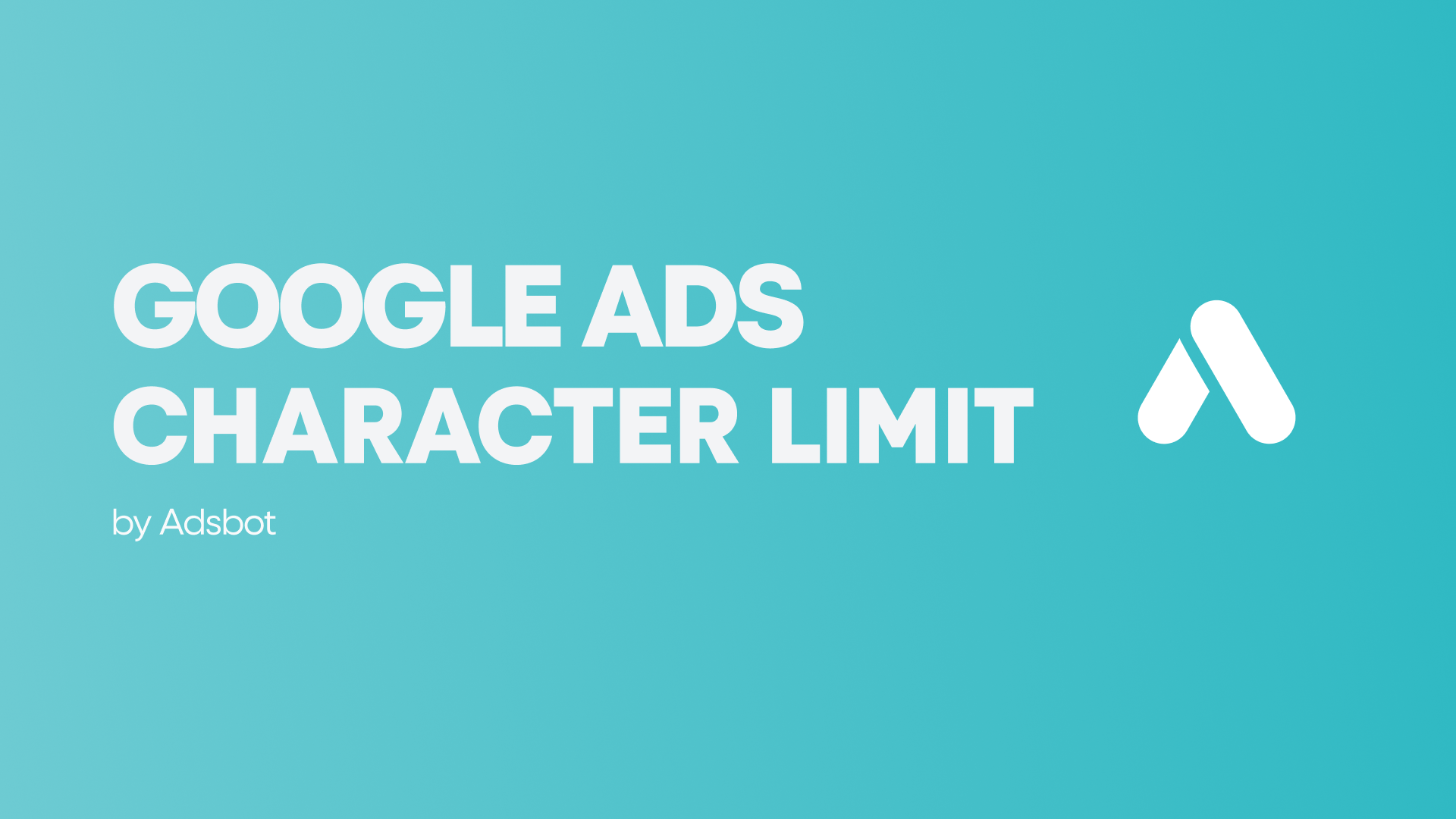Your ad campaign is set, but you have neither time nor resources to fully advertise each content, service, or product you present on your website. You may have a great ad copy and excellent offers, but if your ads are limited to certain products, so is your click-through rate.
What if there was a way to save money, time and raise your CTR and conversions. You can achieve all of this with Dynamic Keyword Insertion. DKI can help you display ads that are tailored to your searchers’ intent.
In this article, we will explain:
- What Keyword Insertion is,
- Why it matters,
- How it works,
- Advantages,
- Possible downsides,
- Lastly, what you should pay attention to when you set it up.
What is Keyword Insertion?
In Google’s own terms Keyword Insertion is an “…advanced Google Ads feature that dynamically updates your ad text to include one of your keywords that matches a customer’s search terms” and “[it] lets you automatically update your ads with the keywords in your ad group that caused your ads to show. This can help make your ads more relevant to users searching for what you offer.” This means a little piece of code you add into your ad text can help you create dynamic ad content that adapts itself to the words the user types into the search engine.
With Dynamic Keyword Insertion, the ad’s relevancy to what the user is searching for rises dramatically, hence the user becomes more likely to click the ad and maybe buy something (if that’s what you offer). It is extremely useful when it comes to ad groups that deal with a singular subject.
Why Is It Important for Your Ad Campaign?
Dynamic Keyword Insertion is a highly convenient feature because creating and managing multiple ad campaigns manually is laborious and time-consuming. DKI can be an essential part of your Pay-Per-Click campaigns in this regard, since not only it cuts downtime and effort, but it also aids to improve your Quality Score. It helps you customize your ad, so it is much more relevant to the user’s search because the ads will include the words from the search inquiry itself. Therefore, you create higher ad relevance as well as better quality ads, which Google favors, if you manage to utilize Keyword Insertion right, and your Quality Score rises. Ultimately, a higher Quality Score means lower cost and higher ad positions.
Dynamic Keyword Insertion will greatly help businesses with e-commerce websites attract users with specific intents since it updates ads to be much more targeted. The personalized ads will draw in customers with the intent to buy more than broad match keywords.
How Does Keyword Insertion Work?
Keyword Insertion operates with a small piece of code that you introduce to your ad text. Generally, the code will look something like this: {Keyword:Text}.
Let’s say you are a merchant and you have a collection of shoes on your website. Your main goal is to advertise your winter boots. And for your ad campaign, you can insert {Keyword:Boots} in the ad text. This piece of code substitutes the terms that summoned your ad in the first place.
For example, your ad will automatically display “Inexpensive Quality Ankle Boots” when a user searches “ankle boots,” even though your original ad headline reads “Inexpensive Quality Boots.” By doing this, you can maintain a single ad group that targets a wider audience in a much more specific manner without sacrificing your time, effort, and money.
Moreover, where you put the code doesn’t matter. You can insert it in the body, description, or title.
Capitalization
One thing to remember is that you can control the capitalization by typing “keyword” how you want your text to appear. Below, you can see how your ad text would look like based on your code when your ad is up. If you type:
- keyword → ankle boots
- Keyword → Ankle boots
- KeyWord → Ankle Boots
- KEYword → ANKLE boots
- KEYWord → ANKLE Boots
- KeyWORD → Ankle BOOTS
- KEYWORD → ANKLE BOOTS
You will need to come up with a generic and concise ad text to prevent grammar errors with potential replacements. Also, going over the character limitations would be another problem to solve. Since there is a limit on the number of characters you can have in your title, body, and description, you should be aware that the searcher’s keyword might exceed this limit because the code will alter your ad copy.
Pros and Cons
Now that you know the basics of how Dynamic Keyword Insertion works, how about we make a list of pros and cons. So, you can decide whether DKI is beneficial for you or not.
Advantages of Keyword Insertion
- Increase in Click-Through Rate:
- As explained above, DKI makes your ads more relevant to the searchers since it copies their queries onto the ad. People like personalized experiences so they are more likely to click the ad if it provides exactly what they are looking for.
- Bolded Text:
- Your ad stands out because Google bolds inserted keywords. Standing out means your ad will draw more attention, and more attention means more clicks for you!
- Saving Money and Time:
- You may not have much time researching keywords to target or have so much money to put into ad campaigns that you cover every page or item on your website. DKI helps by marketing a large variety of products under one ad campaign.
- Increasing Quality Score:
- Google favors when the ads are more relevant, and the quality is high. Since you can cater personalized ads to your audience now, your QS should rise which means higher ad positions and lower ad pricing.
Drawbacks of Keyword Insertion
-
- Poor Wording:
- You need to be in total control of the keywords that are in your ad group. If not, you may end up with an ad headline or text that isn’t grammatically right.
- Trademark Violations:
- There is nothing against bidding for your competitors’ keywords; however, in some places, it is illegal to have their names or brands in your ad. So, be careful while choosing your keywords, or you might end up with a lawsuit on your hands.
- Character Limitations:
- If the term exceeds the limit, the keyword after the colon (in the code) will be inserted.
- Unorganized Landing Pages:
- Since your ad can only direct people to a single source, it should be relevant for all the potential dynamically inserted keywords. The intent of the searcher is clear: they are looking for “ankle boots” that are inexpensive and quality. If your landing page displays only knee-high boots, then it creates a discrepancy. Your landing page must be generalized enough to be relevant to all the possible searches your ad corresponds to.
- Poor Wording:
Things You Need to Pay Attention When You Set When You Set Up DKI
- While using Dynamic Keyword Insertion you are playing at the users’ psychology. The ad uses its own words to urge them to click. Similarly, you should be wary of your word choice in the section of the ad text that won’t change from person to person. For example, “cheap” may appear unrefined but “inexpensive” would look sophisticated.
- Google Character limits for each section of your ad:
- 30 characters for headline,
- 90 characters for the description
- 15 characters for URL path
- To maintain and increase your conversion rates, you must make sure that your landing page has the flexibility to stay relevant for all the customers that can come from a variety of keywords.
- If your keywords are too different to maintain on the same landing page, then you shouldn’t resort to DKI.
- Long-tail keywords are harder to utilize for DKI because of character limitations. You must come up with a strong adjective and noun combos to catch the searcher’s attention.
- Again, you don’t want to get near words related to your competitors. Might be distracting, also might be illegal. Don’t risk violating Google’s trademark policies.
- You should maintain a firm ad group. Group your keywords closely based on their relevance and create more than one campaign if necessary.
Conclusion
Finally, you acquired the knowledge to conquer your audience’s heart without them even noticing with Dynamic Keyword Insertion. It is a practical tool that saves you a lot of time and money. Not to mention effort, since it is fairly easy to navigate. It has lots of benefits for both your campaign and your website, like raising your CTRs, QS, and conversion rates.
The key is to carefully construct your keyword insertion by choosing and eliminating the right keywords. So, you end up with a coherent, flowing, and inviting ad group while also paying attention to other warnings we provided in this article.
How Does Adsbot Help You?
Adsbot helps you automate and optimize your campaigns in a minute. Get insights, alerts and smart recommendations with a single click. You will have a full control on your account and focus on strategy. Start you free trial today and see Adsbot in action.
Popular Posts
-
Google Ads Script for Dummies: An Introduction
Imagine you have an e-commerce website that sells licensed superhero…
Read more -
How Many Keywords Should in an Ad Group in Google Ads?
Are you new to Google Ads and trying to…
Read more -
Google Ads Character Limits
Google Ads has character limits for various elements of an…
Read more -
Google Ads Sitelink Character Limits
Are you looking to maximize your Google Ads campaigns?…
Read more
Register for our Free 14-day Trial now!
No credit card required, cancel anytime.





